Text: Kristel Vilbaste
Photod: Arne Ader
Translation: Kaija Eistrat
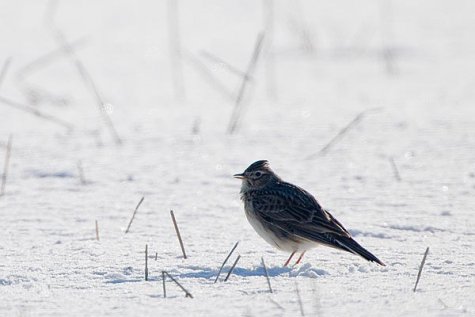
Weather year: when spring came, at last proper snow fell too, and the larks were singing in snowdrifts.
Weather here on the shore of Peipsi is so snowy that after Christmas Eve we discovered nearly half a meter deep tracks made by Father Christmas’s boots in the snowbanks at our windows ...
The four weather signs of the week:
rook flock,
calling hedgehog
spider hanging in thread,
and a touch of frost.
Peipsi itself is white and covered by snow and ice, but at the horizon, some ten kilometers out, open waters rise like a dark-blue wall. The ice on the pond crackles still, so it is too early to try out the new skates that Christmas brought. But only on Thursday, a tiny spider was hanging by a long thread on a pine twig. And in Pärnumaa hedgehogs still scurry around. Kaja Kübar said that a few days ago she discovered her dog chewing on – fresh young gooseberry leaves.
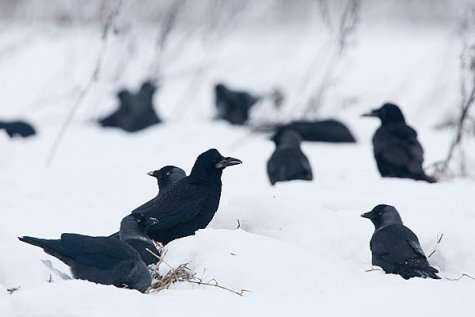
Christmas month was snow-white in South and East Estonia, but rooks felt no hurry to take off towards south.
The weather year:
Summing up you may say that Estonia has been firmly divided into two halves, along Pärnu River. On on side for instance there is snow, none on the other. Western Estonia had a surplus of rowanberries, and no mosquitoes, on the east side the opposite was true.
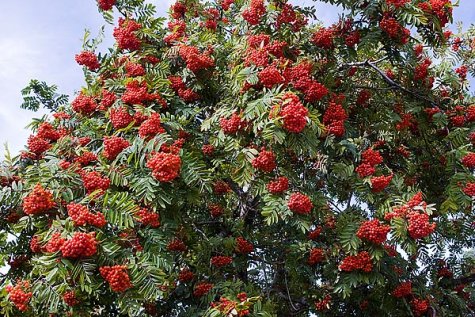
End of summer in Western Estonia brought rowan trees laden with red berries, in South Estonia the rowanberry yield was poor.
Year of floods
After the taliharjapäev, ”crest-of-winter” day, January 14, spring began in Estonia; the thermometer showed 6-8 degrees more warmth than usual from Janurary to March. The snowdrifts however returned with the last March week. There were floods in spring as well as in autumn – so the Soomaa area now has 6 seasons. The first thunder clapped on April 6. It has been a year of records – the streaming rain in August and the snow in November, with banks of half a meter. The watery year caused a record downfall from the Pakri Cliff ledge in the beginning of March. In December Tuhala Witches Well seethed again after many years.
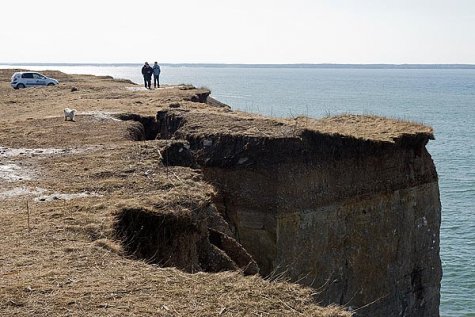
Pakri Cliff ledge crumbled in early March.
Plants
In January there were onion greens to be picked from the garden beds. At the end of February snowdrops, dandelions and colt’s-foot were in flower. In the midst of pollen clouds from hazel and alder, scarlet cup fungi shone in the forests. In March nettles and ground-elder were everywhere. As Vello Keppar says, plants had a good year, there were no droughts or harmful frosts. There was so much water that wetland plants were the winners. But because there was not much summer heat, heat-loving plants did not thrive – pumpkins were smaller and sunflowers did not set seeds. Forest plantings got a good start, but deciduous trees, and shrubs, on replanted clear-felled areas grew well too, overshadowing the main species.
Autumn birch gold came with the end of August. Ashes shed their leaves green, like alder. Weather allowed ample time for new growth to ripen, and for plants to get ready for winter, and no frosts hurried the leaf-shedding. Nature was clearly more colourful this year. Keppart advises taking a look in the corner of your room for one more view of the plantlife year: “ You can see the very good growth of trees this year, just compare the length of this year’s growth on your Christmas tree with older ones.“
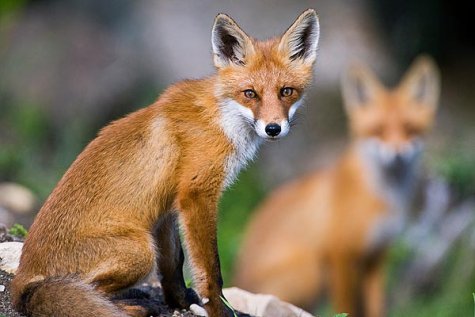
No-one probably missed seeing foxes this year´.
Animals
Bears were awake in early February. Many ringed seal pups that were born in March died because there was no ice. There were many mice. And, thanks to the Veterinary Office’s anti-rabies measures, a real fox year, most of all a city fox year – like humans, they flock to the easier life in cities.
Many animals got virtual homes – pig cameras, bird feeding station cameras, eagle cameras were started.
The first tit was chirping at its nesting-box already in February, thrushes whistled in March. The snow at the end of March did scare the early arrivals, but Spring for birds returned in April, and with loud singing too. Autumn was peculiar because migrating cranes were all in the wrong places, bird-watchers could not find them. Geese, too, ended up even in Southwest Estonia, and there were more of them than usual in Estonia. The last of the geese set off only in November. Large flocks of thrushes and rooks are wintering here.
In January and February we were attacked by bloodsuckers – ticks. Butterflies were flying around in Sõrve in February. Urmas Tartes says: “On Estonia’s National Day, Vabariigi aastapäev, I photographed a caterpillar of the Canephora hirsuta moth – usually they appear at the end of April. In May there was a thick layer of springtails on the water at the seashore, in summer mass flights of newly-metamorphosed caddis. There were endless numbers of butterflies, as of mosquitoes. There were also migrants from the east – yellow-legged tortoiseshell butterfly. In late autumn insects kept trying to escape the floods.“
In the world of fish this was the year of game fish. The great floods washed lakes and rivers free of organic matter. “Conditions were particularly good for salmonids, up to 10-kilo fish were glimpsed in the waters,“ Gennadi Skromnov tells. In Lake Peipsi it is pike-perch and bream time, and the vendace is moving around, but lampreys have disappeared.
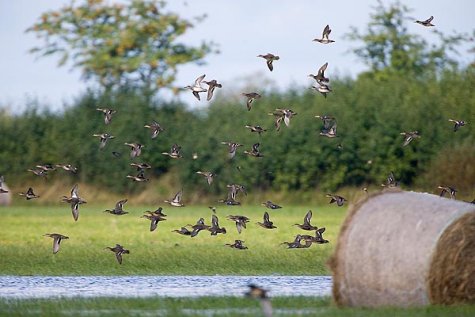
Summer was good for ducks who led an enjoyable life in the river meadows.
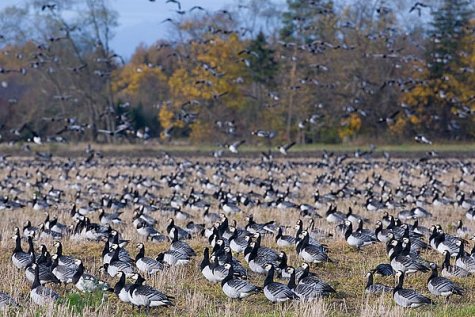
October brought a flood of geese to Estonia.
Foretell the new year!
Foretelling has always been a tradition on New Year Eve. Mikk Sarv recommends a somewhat different way to do it: “On New Year Eve go in the dark to the woodshed. Take the first log that you come across. If it is a pleasantly resin-smelling log, you will meet happy people next year, if knotty, then quarrelsome people, if smooth and polished like a log from the petrol station stringbags of logs, then suit-and-tie people, if a dry ringing spruce log then music people ... and so on.“
Quote:
Snow-bound woods on New Year Eve make for a heavy year. Järva-Jaani















